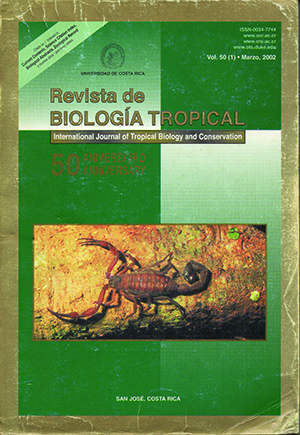Abstract
Two lotic bodies located in a subtropical semi-arid region in north-western Argentina were studied: the Arias-Arenales and the Rosario rivers. Both rivers are located in Salta Province, and belong to the high basin of river Juramento, connected to the river Río de la Plata and the Atlantic Ocean. The study was conducted between March 1997 and March 1998. The region is known by its sustained economic development and one of the highest population growth rates in the country (4% per year). The objective of this work was the assessment of organic pollution spatial gradients in both rivers, as a function of the hydrological regime (a long period of drought from May to October and floodings the rest of the year). Three groups of biotic indices were applied to characterize the level of organic pollution and were based on planktonic microalgae to evaluate water quality. The relative performance of these indices was then compared for use to biomonitoring programs. The diversity indices: Shannon-Weaver and Whilm-Dorris were not highly sensible to detect moderate pollution. The saprobity indices (Pantle and Buck and Diatom Assemblage Index of Watanabe et al.), were useful to detect intermediate levels of organic load, but their sensitivity dropped at high pollution levels. The second index precisely discriminated the most deteriorated part of river Rosario, with values between 0.3 – 0.7 (extreme poli-saprobity). Raw sewage discharges along the most polluted sector of river Arias-Arenales were assigned a value between 10 and 11 in both periods of the hydrological regime. Both saprobity indices consider the same indicator pollution value of species. The first one is based on the relative abundance of the species while the second one is calculated with the species relative frequency. The second index is better than the first one in considering non-dominant species that were constant in each particular environmental condition. The principal component analysis allowed a representation of time and space pollution patterns and showed the specific microalgae assemblage for all the sampling stations and for both periods in the hydrological cycle. Only the latter proved to be fully useful and correct for the biological characterization of water quality system.##plugins.facebook.comentarios##

This work is licensed under a Creative Commons Attribution 4.0 International License.
Copyright (c) 2002 Revista de Biología Tropical
Downloads
Download data is not yet available.


